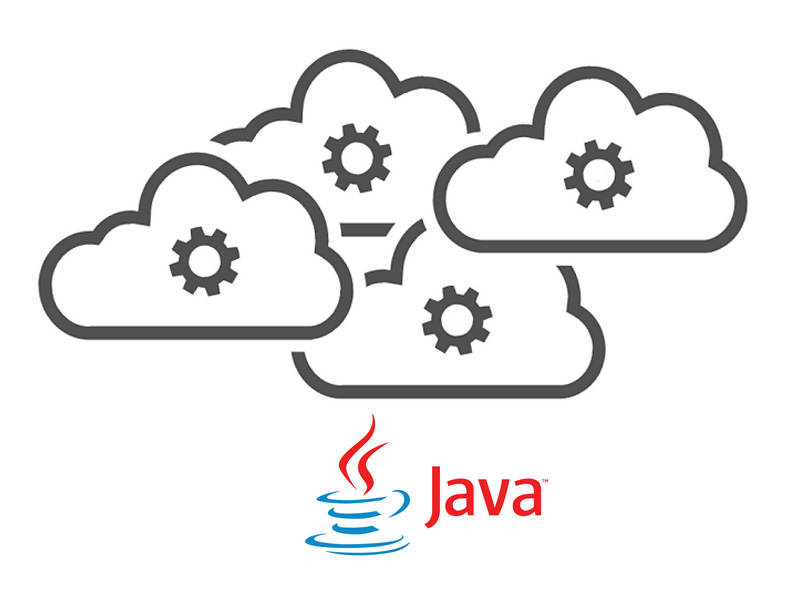As organizations increasingly adopt microservices architecture to build scalable and resilient applications, Java remains a top choice for implementing microservices-based solutions. In this article, we’ll explore how Java developers can leverage microservices architecture to design, develop, and deploy modern, cloud-native applications that meet the demands of today’s digital economy.
Understanding Microservices Architecture
Microservices architecture is an architectural style that structures an application as a collection of loosely coupled services, each representing a specific business function or capability. Unlike monolithic applications, which are typically built as a single, cohesive unit, microservices-based applications are composed of multiple, independently deployable services that communicate via lightweight protocols such as HTTP or messaging.
The key benefits of microservices architecture include improved scalability, resilience, and flexibility, allowing organizations to iterate quickly, scale effortlessly, and adapt to changing business requirements.
Building Microservices with Java
Java’s robust ecosystem and mature tooling make it well-suited for building microservices-based applications. With frameworks like Spring Boot and libraries like Netflix OSS, Java developers can easily create, deploy, and manage microservices in a cloud-native environment.
Spring Boot simplifies the process of developing microservices by providing a streamlined development experience and built-in support for common microservices patterns such as service discovery, client-side load balancing, and circuit breaking. Meanwhile, Netflix OSS offers a suite of tools for building resilient, fault-tolerant microservices architectures, including Eureka for service discovery, Ribbon for client-side load balancing, and Hystrix for circuit breaking and fault tolerance.
Best Practices for Microservices Development
To ensure success in microservices development, it’s essential to follow best practices and design principles that promote scalability, resilience, and maintainability. Some key best practices include:
- Designing services around business capabilities
- Embracing autonomy and decentralization
- Ensuring loose coupling and high cohesion
- Implementing fault tolerance and graceful degradation
- Automating deployment and monitoring
By adhering to these best practices and leveraging the power of Java and microservices architecture, organizations can build scalable, resilient applications that deliver value to their customers and stakeholders in today

